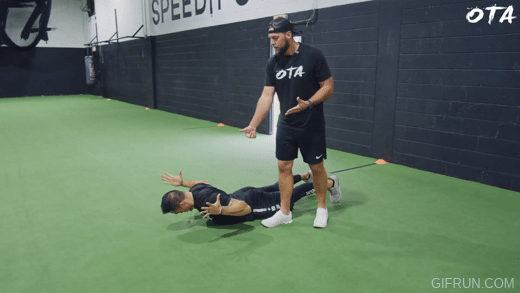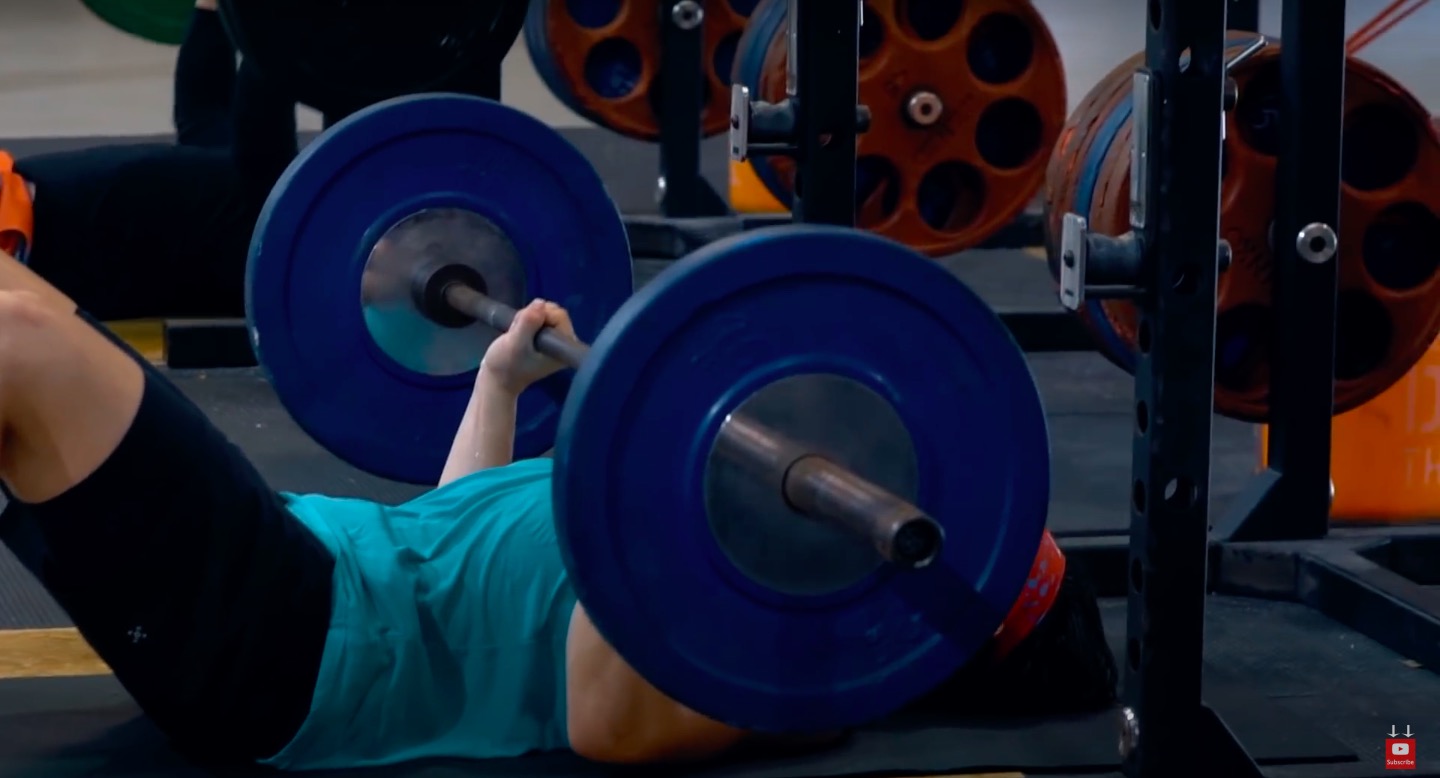5 Minute Bench Press Warm-Up for Athletes
The bench press is a cornerstone of upper body strength training, demanding not only physical prowess but also careful preparation. A well-structured warm-up is crucial for optimizing performance and preventing injuries. In this blog post, we’ll delve into a step-by-step guide for a thorough bench press warm-up that we use in Athletic Strength Formula incorporating dynamic mobility exercises, resistance band activation, neuroactivation with a med ball, and specific resistance drills.
Dynamic Mobility Exercises
The warm-up journey kicks off with dynamic mobility exercises to engage the muscles and promote flexibility. The first two exercises in this phase are prone blackburns and prone swimmers.
Prone blackburns involve lying face down, extending your fingers straight out, and driving your elbows back while slightly lifting your chest off the ground. This movement targets the upper back, promoting scapular retraction and engaging the muscles around the shoulder blades.

Prone swimmers require actively driving your hands into the air, aiming to touch above the lower back or buttocks. This exercise enhances shoulder mobility and strengthens the upper back muscles. Like blackburns, perform two sets of 10 reps each, alternating between the two exercises to ensure a comprehensive warm-up.
Resistance Band Activation
After priming the muscles with dynamic mobility, introduce a mini resistance band for band dislocates and band pull aparts. These exercises further activate and engage the shoulders and chest.
Band dislocates involve pulling the band through, opening up the shoulders and stretching the chest. Focus on controlled movements to avoid overextending the shoulder joints. Following dislocates, transition to band pull aparts, emphasizing scapular retraction. For an added challenge, consider externally rotating your hands during the pull aparts.

Perform two sets of 10 reps each for both band dislocates and band pull aparts, alternating between the two. The resistance band provides incremental resistance, preparing your upper body for the impending bench press session.
Neuroactivation with Med Ball
The neuroactivation phase is designed to fire up the nervous system and enhance the mind-muscle connection. Introduce a medicine ball for explosive movements, including med ball wall pass chest passes and staggered stance soccer toss.
During med ball wall pass chest passes, focus on explosive power, passing the ball against a wall and catching it in a quick, controlled motion. Staggered stance soccer toss involves tossing the med ball to a partner or against a wall with a staggered stance for added instability, engaging core muscles.

Set a timer for 10 seconds for each exercise, emphasizing speed and power. This phase not only primes your nervous system but also enhances your ability to generate force quickly, a key component in successful bench press performance.
Adding Resistance
The warm-up concludes with specific resistance exercises to acclimate your body to the demands of the bench press. Start with standard push-ups, performing five reps to activate the chest, shoulders, and triceps. Follow this with staggered grip push-ups, executing five reps on each side to emphasize unilateral strength and stability.
These exercises add specific resistance, preparing your muscles for the bench press movement. The transition to the bench press is crucial, and athletes are encouraged to carry the enhanced mind-muscle connection, muscle engagement, and neuroactivation into this final phase. Coaches may provide cues for optimal form, ensuring a seamless transition from warm-up to the main lifting session.
Remember, warming up is not a one-size-fits-all endeavor. Customize these exercises based on your individual needs, fitness level, and any pre-existing conditions. Whether you’re a seasoned lifter or just starting, investing time in a thorough warm-up can make a significant difference in your bench press performance and overall upper body strength training journey.

